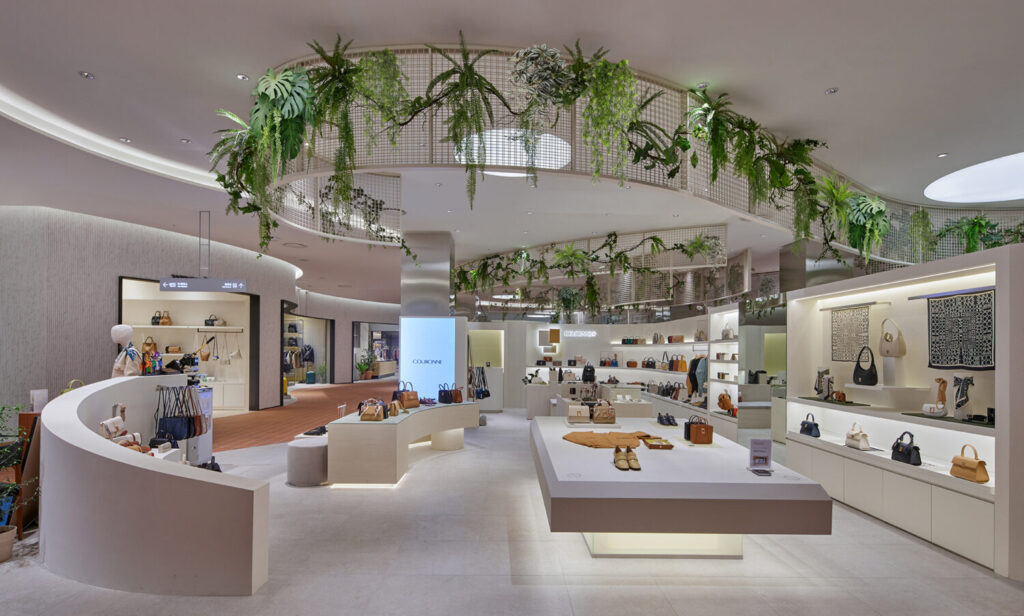Retail design is a crucial aspect of the shopping experience, which has evolved over the years. With the advancement in technology and the ever-changing consumer behavior, retailers must stay up-to-date with the latest retail design trends to meet their customer’s needs and stay ahead of the competition. In this article, we will explore some of the retail design trends you need to know about in 2023.
Virtual and Augmented Reality
Virtual and augmented reality technology has been around for a while, but it is now gaining momentum in the retail industry. This design allows customers to experience products in a 3D environment, while augmented adds digital elements to the real world. The use of virtual and augmented reality technology in retail design can help retailers provide a unique shopping experience for their customers. Some of the ways retailers can use virtual and augmented reality in their retail design include:
- Virtual try-on:
Retailers can use virtual try-on technology to allow customers to try on products virtually. This is especially useful for fashion retailers, as customers can see how clothes and accessories look on them before making a purchase.
- In-store navigation:
Augmented reality can help customers navigate through the store by adding digital signage and directions to the real-world environment.
- Product customization:
Virtual reality technology can be used to create customized products for customers, giving them a unique shopping experience.
Sustainability
Sustainability has become an important consideration for many consumers, and retailers are taking notice. Retail design that incorporates sustainable materials and practices can help retailers attract environmentally-conscious consumers. Some of the sustainable retail design trends that are expected to gain traction in 2023 include:
- Biodegradable materials:
Retailers can use biodegradable materials in their store design and packaging, which can reduce their environmental impact.
- Energy-efficient lighting:
Energy-efficient lighting is not only sustainable but can also reduce energy costs for retailers.
- Living walls:
Living walls are vertical gardens that can help improve air quality in the store, as well as create an aesthetically pleasing shopping environment.
Personalization
Personalization is another trend that has been gaining momentum in the retail industry. Customers want to feel valued and appreciated, and personalization can help retailers achieve that. Retailers can use customer data to personalize the shopping experience, from personalized recommendations to customized products. Some of the ways retailers can incorporate personalization into their retail design include:
- Personalized promotions:
Retailers can use customer data to create personalized promotions and offers, which can increase customer loyalty.
- Customized products:
Retailers can create customized products for customers, based on their preferences and needs.
- Personalized in-store experience:
Retailers can use customer data to create a personalized in-store experience for customers, such as customized displays and product recommendations.
Interactive Displays
Interactive displays are a great way to engage customers and create a memorable shopping experience. Retailers can use interactive displays to showcase products, provide information about the products, and create a fun shopping environment. Some of the ways retailers can use interactive displays in their retail design include:
- Product demonstrations:
Retailers can use interactive displays to provide product demonstrations, which can help customers understand the product better.
- Gamification:
Retailers can create interactive displays that incorporate gaming elements, which can make the shopping experience more fun and engaging.
- Informational displays:
Retailers can use interactive displays to provide information about the products, such as ingredients and nutritional information.
Contactless Payment
The COVID-19 pandemic has accelerated the adoption of contactless payment, and it is expected to continue in 2023. Retailers can incorporate contactless payment into their retail design to provide a seamless and safe shopping experience for their customers. Some of the ways retailers can use contactless payment in their retail design include:
- Mobile payment:
Retailers can accept mobile payments, such as Apple Pay and Google Wallet, which allow customers to pay for their purchases without touching any surfaces.
- Self-checkout:
Self-checkout systems can be equipped with contactless payment options, which can reduce the need for customers to interact with cashiers.
- Contactless payment terminals:
Retailers can install contactless payment terminals, such as NFC readers, which allow customers to pay with their contactless-enabled cards or devices.
In-store Pick-up and Delivery
In-store pick-up and delivery options have become increasingly popular over the years, and it is expected to continue in 2023. Retailers can incorporate in-store pick-up and delivery options into their retail design to provide convenience for their customers. Some of the ways retailers can use in-store pick-up and delivery in their retail design include:
- Dedicated pick-up and delivery areas:
Retailers can designate specific areas in the store for pick-up and delivery, which can help streamline the process and reduce congestion.
- Digital signage:
Retailers can use digital signage to display pick-up and delivery information, such as pick-up times and delivery options.
- Mobile apps:
Retailers can develop mobile apps that allow customers to place orders for pick-up or delivery, as well as track their orders.
Conclusion
In conclusion, retail design trends are constantly evolving, and retailers must stay up-to-date to remain competitive. Virtual and augmented reality, sustainability, personalization, interactive displays, contactless payment, and in-store pick-up and delivery are just a few of the trends that are expected to gain traction in 2023. By incorporating these trends into their retail design, retailers can provide a unique shopping experience for their customers, increase customer loyalty, and drive sales.

